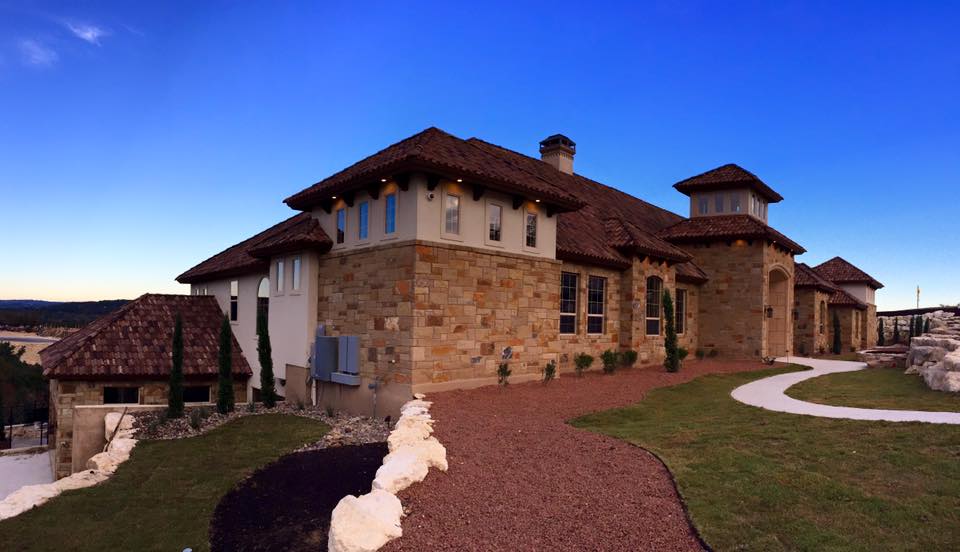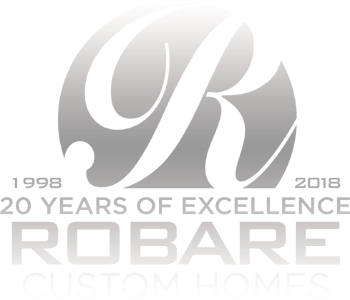
10 Jun Avoiding Mistakes
Is there anything more satisfying than walking through the door of a new home that you helped design? On the other hand, staring down at a blank floor map can lead to a number of questions, headaches, and regrets. Some insight into mistakes others have made will hopefully save you a lot of regrets down the road.
Mistake No. 1: Expecting your builder to give you all the ideas
Homebuilders follow your lead—not the other way around. While Robare Custom Homes and our designer(s) will take the time to ask about your lifestyle and hopes for your new home. However, if you’re not exactly sure what you want your custom home to look like, you may find yourself later living in only a part of your dream.
Search through websites like Houzz and find photos of homes that represent your hopes for your own home. Show them to our designer(s) to give a better understanding of the features you want in your own home.
Mistake No. 2: Getting lost in details
The process and steps it takes to build your home can be overwhelming at times. There are numerous decisions to make, from massive (deciding where to put walls) to minuscule (choosing light fixtures). The overload of choices can become paralyzing, leaving you unable to make any decision at all.
To avoid facing 100 overwhelming questions about bathtubs and windows in one sitting, choose a builder like Robare Custom Homes who will provide your with your own personal project portal to allow you to easily communicate and make decisions online any time of day from anywhere. View Demo.
Making use of your project portal will help you to keep your home progress moving forward.
Mistake No. 3: Forgetting to request built-in furniture
A major plus factor of building a custom home is that as your builder, we can build things into it—everything from shelves to entertainment centers—that will blend in seamlessly with the walls and floor. Since many homeowners are accustomed to buying this kind of furniture when they move into a used home, this option often gets overlooked when you finally get to build your own home.
You might assume these build-ins are more expensive, but the cost is usually no more than you would spend on nice furnishings. Just be sure to work with our designer(s) early in the design process to be sure those costs are considered with the initial cost review.
Mistake No. 4: Not using your mortgage
Think about it: You can’t get a loan for a home that doesn’t exist—which is why you will most likely be getting a construction-to-permanent loan, which covers construction then converts to a regular mortgage once the home building is complete. And here’s the cool thing about these loans that buyers often miss: You can put everything into it—the water heater, Viking stove, utility bill-slashing solar unit, high-end rain showerhead, everything! So don’t make the mistake, as many do, of buying these additions later with your credit card, which means you’ll be paying it off at 18% or higher interest. Instead, lump them into your mortgage at a much lower interest rate.
Mistake No. 5: Adding but not subtracting
No matter how carefully you plan your custom home, something that’s seemingly set in stone will surely change: You decide at the last minute you must have the latest Sub-Zero fridge that just hit the market, or you experience a change of heart about the size of your home office. Projects quite often go over budget, simply because people plan with a budget in mind, but they build with their heart.
To keep your construction costs from skyrocketing of control, make sure to balance out any cost-adding changes with some budget cutting elsewhere. For example, if you decide you must have a walk-in closet, maybe you can opt to wait for the wraparound deck until later.
Mistake No. 6: Not planning for delays
Construction delays will be unavoidable, because inevitably there is a domino effect to anything that causes a hiccup. For example, indecision about the washer/dryer placement postpones the plumber, which in turn delays the electrician and, well, you get the picture. Weather, labor, and material shortages are also commonplace. Yet many buyers still take a builder’s original completion date as if set in stone and end up with no place to live. So when you get the initial move-in date from your builder, add a few weeks, or even months—or at least have a contingency plan if things go over.
Now let’s build you a dream home you will be happy living in for years to come. Schedule your Builder Interview today and let’s discuss how to get started on your new custom home. 210-372-9880







